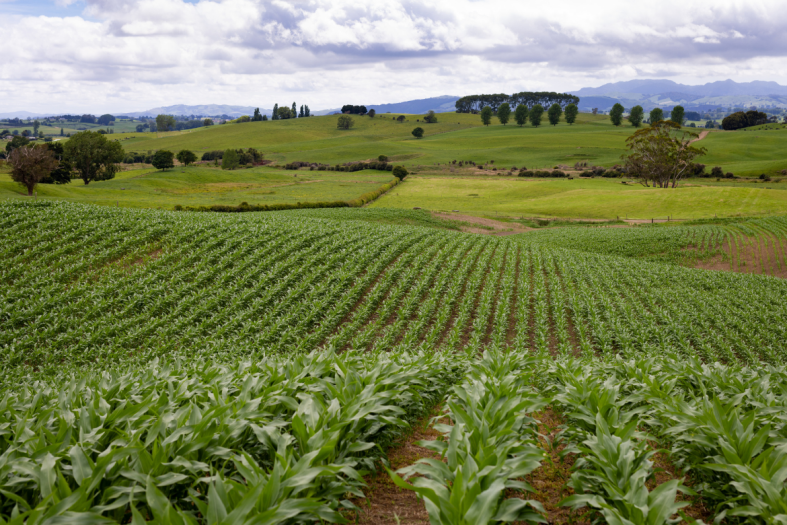
Articles
Growing for silage yield next season

With the 2025 harvest behind us, now is a good time to focus on the requirements of your next maize silage crop. Optimising silage yield reduces the cost per kilogram of drymatter and maximises the profit potential of your crop. Here’s what to consider when planning for next season:
Maturity and required harvest date
Hybrid maturity will affect the timing of your silage harvest, feed availability, and the planting date of permanent pasture or a winter crop. Planting high-yielding, short-maturing hybrids allows for an earlier harvest and the early establishment of pasture or a winter crop. Early pasture establishment results in paddocks returning to the grazing round sooner, higher drymatter yields and, for contract growers, greater income attributable to the winter cycle.
Agronomic requirements
Match your hybrid to local conditions:
- In a dry region? Look for strong drought tolerance.
- In a wind-prone area? Prioritise hybrids with strong roots and stalks.
- Are you in an area with history of Northern Leaf Blight (NLB)? Choose hybrids rated six or higher for NLB resistance.
Yield potential
Select three or four top-performing hybrids for yield once you’ve narrowed your options based on maturity and agronomic fit. The best relative hybrid yield performance measure is obtained from trials conducted in multiple locations, over several seasons within a growing region. Pioneer runs around 160 silage trials annually across New Zealand. You can view the latest summaries here.
Seed treatment
Using a quality seed treatment gives your maize a head start and maximises your crop’s yield potential. Pioneer’s exclusive LumiGEN® seed treatments have been tested and proven for use on Pioneer® brand maize hybrids. They help reduce the risk of disease, insect, and bird damage to seedling plants, thereby increasing crop yields and profitability.
Managing dry conditions
To reduce drought risk:
- Plant a hybrid with a high drought-tolerant rating.
- Adjust the target plant populations and other inputs to match the realistic yield expectation of the paddock.
- Consider using a shorter maturity hybrid – the shorter the time a plant is in the ground, the lower the risk of it being subject to dry.
- Choose a high-yield potential paddock.
- Control weeds – weeds compete for moisture, nutrients and light and can significantly reduce yield.
Chat with your local Pioneer Area Manager if you’d like help choosing your maize hybrid for this coming season. It’s their job to ensure your maize crop gets all the help it needs to give it the best chance of optimising yield.
